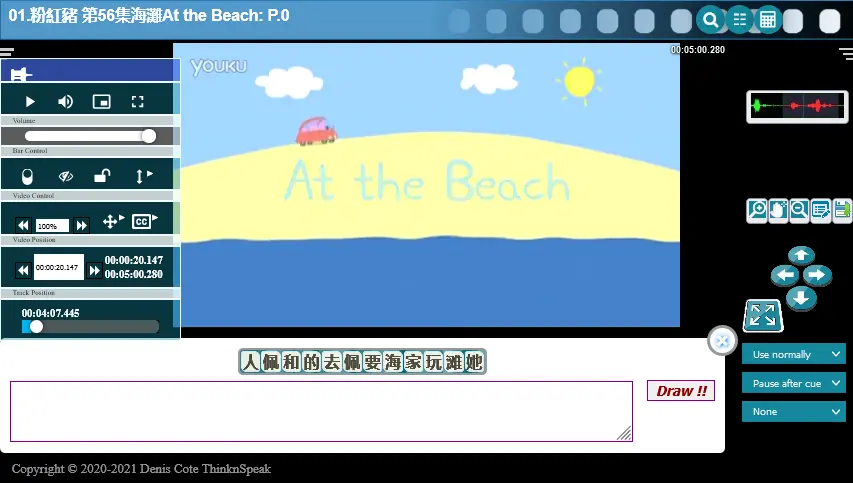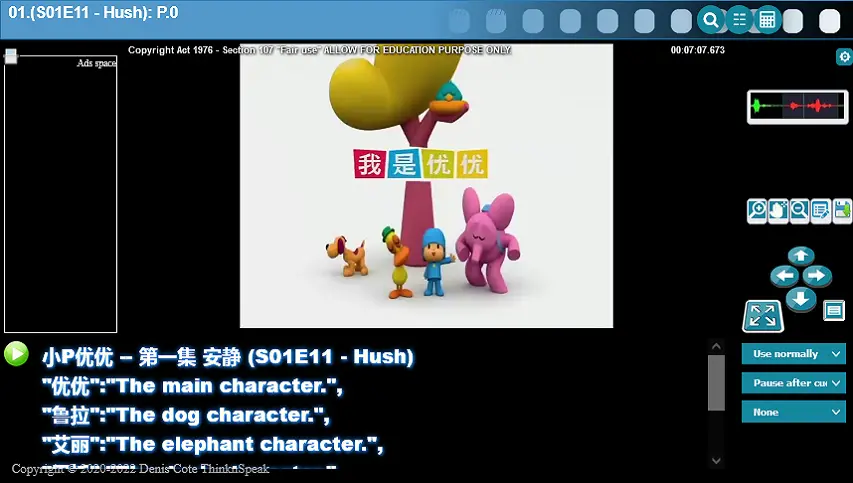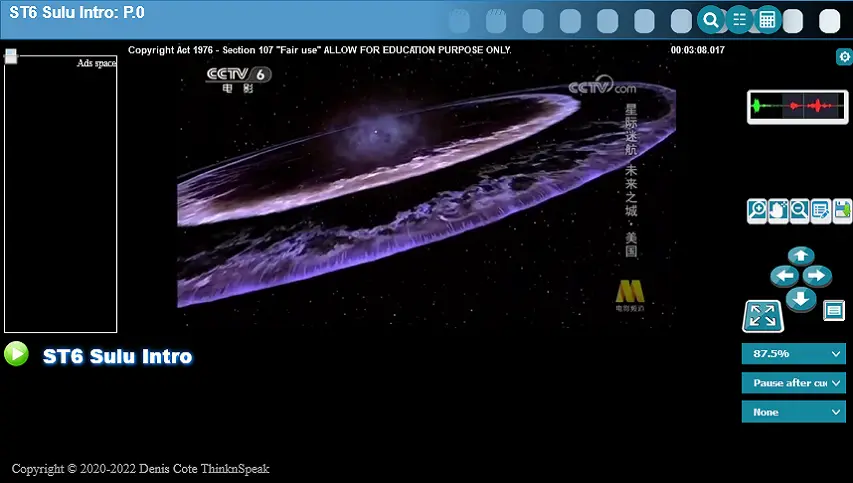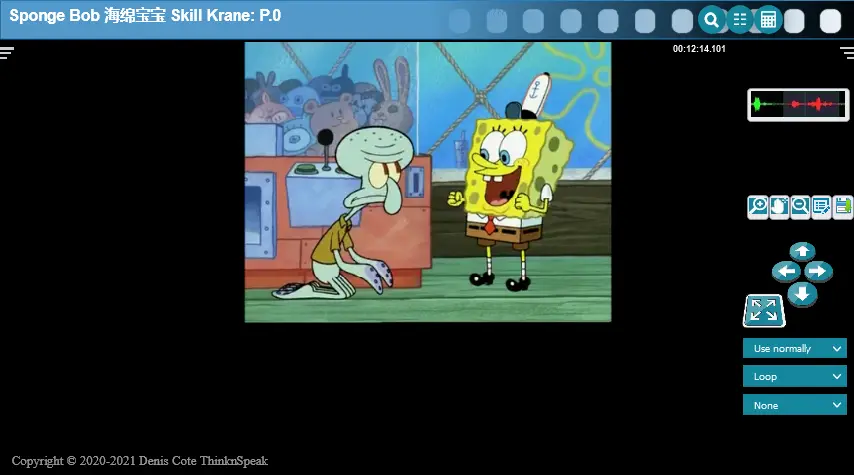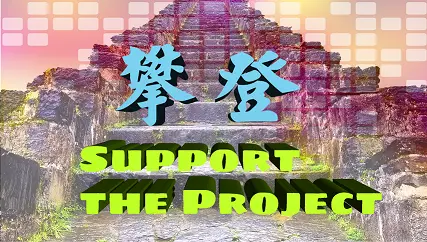This is a primer. Stuff may be added as I learn them. This is what I know so far.
1. A Chinese Character (syllable) can have multiple tones.
1- A Chinese Character (syllable) can have multiple tones.
We learn quickly that the tone may change depending of its location.
But little that we know at the beginning it may also change depending on its meaning.
The char 十 has only one pronunciation (shí) and only one tone.
But (shí) with that tone can have many meaning depending of context, place in a stream of Chinese char.
So, be aware when you write in pinyin it’s not even close to write in real Chinese. Do not expect people will understand your pinyin. Big mistake. The pinyin is just a guide to give “a close idea” of how it’s should sound. It’s the perfect sound Romanized it’s just the closest thing in that form. My point is listen more you have one and two ears that means listen twice as much as you flap your mouth.
2. A Chinese char may have multiple pronunciations.
The char 见 has two pronunciations (jiàn,xiàn) but only one tone.
The char 行 has many pronunciations (xíng,háng,hàng,xìng,héng) as well as many tones.
3. A Chinese char may have multiple meaning.
When all by itself 行 it’s pronounced only (xíng) means only OK or possible.
In 银行 (yínháng) Bank, it has a different pronunciation (háng) and the meaning is not necessary OK, unless you like to call banks ‘Silver OK’ or better yet “Silver line”.
My conclusion:
First of all, my app will show the entire set of pinyin relative to a Chinese char. Which one is it? Just listen to it. My app does that too. I made it this way because ‘I’ need to see the whole picture first.
I’m highly autistic and when you don’t give me the whole picture first, you are fucking with me. No wonder I had so much problem in school.
Am I unique on this planet? I highly doubt so. If you are feeling it, why don’t you register to my site and try a few free classes. If on the other hand, I am unique on this planet. 哇 Wow, that would be amazing in so many ways.
Second of all, I highly despise learning char then expressions in the case of Chinese.
I think you should learn expression first then learn char in all its aspect. In my case I reach a higher level of understanding this way. But, then again I might be the only one on this sorry place.
Third of them all, you shouldn’t put so much emphasis on what a character first sound nor mean that also can change. You should focus on expressions first. Then you can study every word and every char (meaningful or not).
Plus, Learning char by char decrease your ability to make up your won phrases as well as increasing your misunderstanding. That would be the essence of what comprehensive input means.
But hey, maybe that’s just me.
Nota Bene
I am a retired R&D guy. I spend a long time researching as well as understanding the Chinese language.
As well as making those tools.
In order to help others acquired the language in a easier and faster manner.
I do that at my leisure. I’m just sharing my acquired knowledge with you.
Feel free to donate to my cause. It will help me make more and better content.
Thanks every one. 祝你好运
克丹尼 Denis Cote
.
